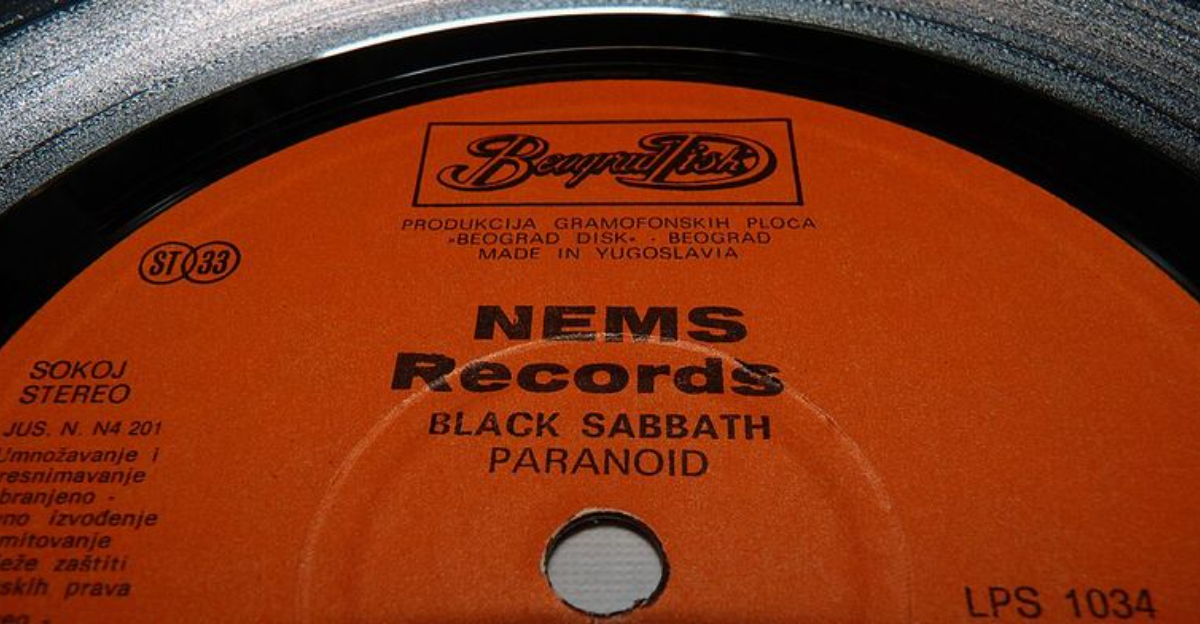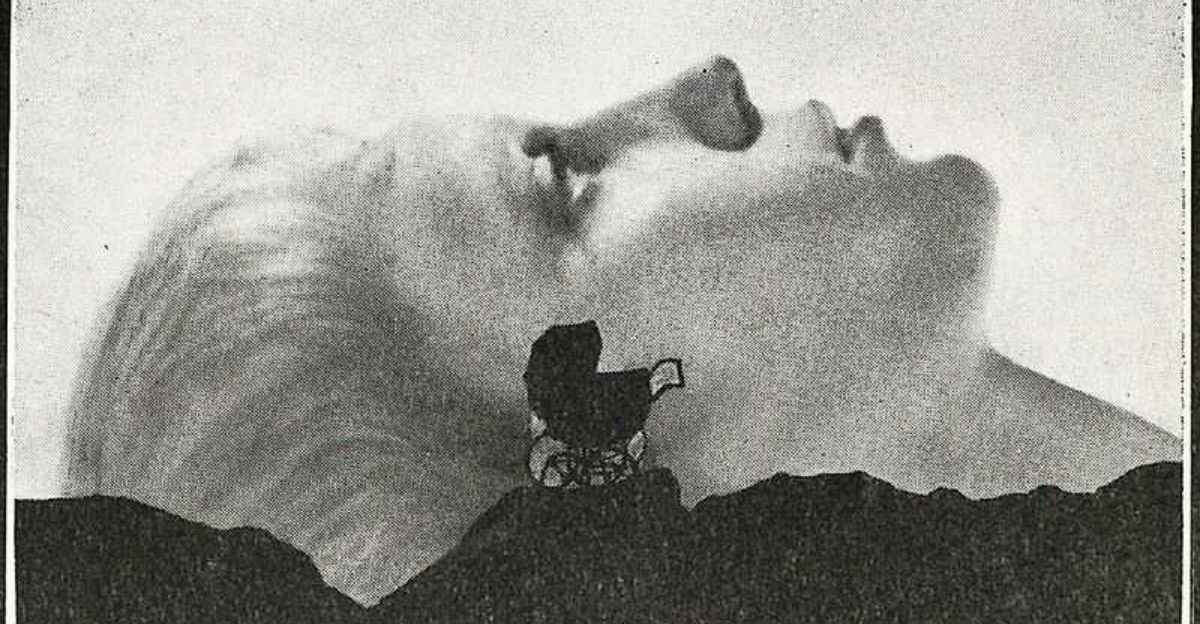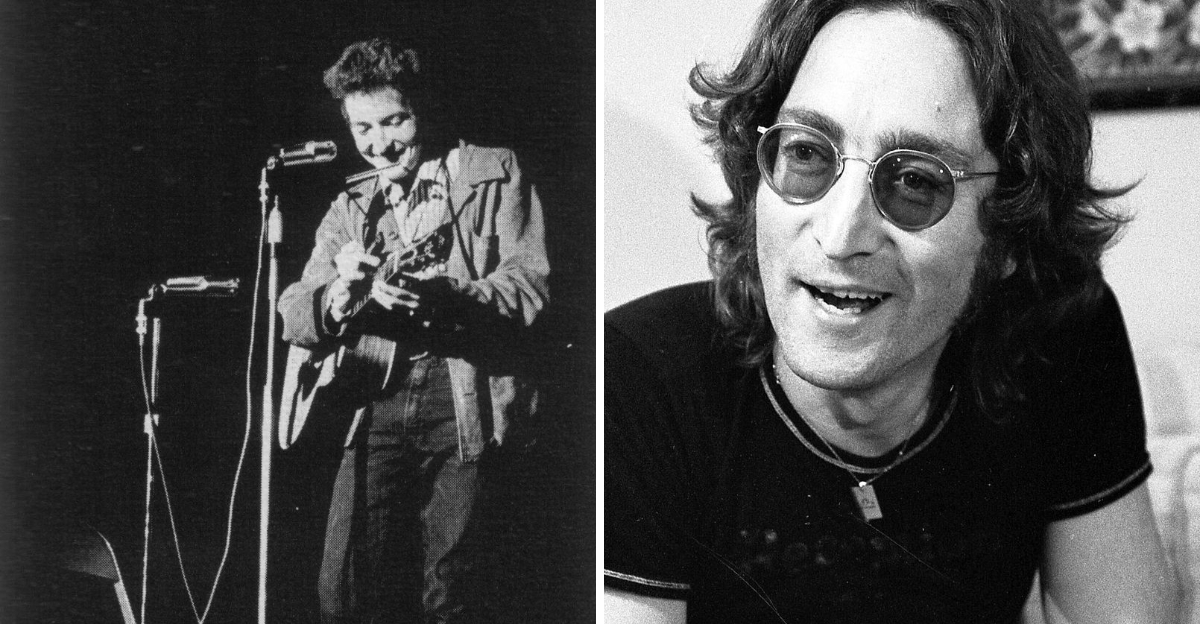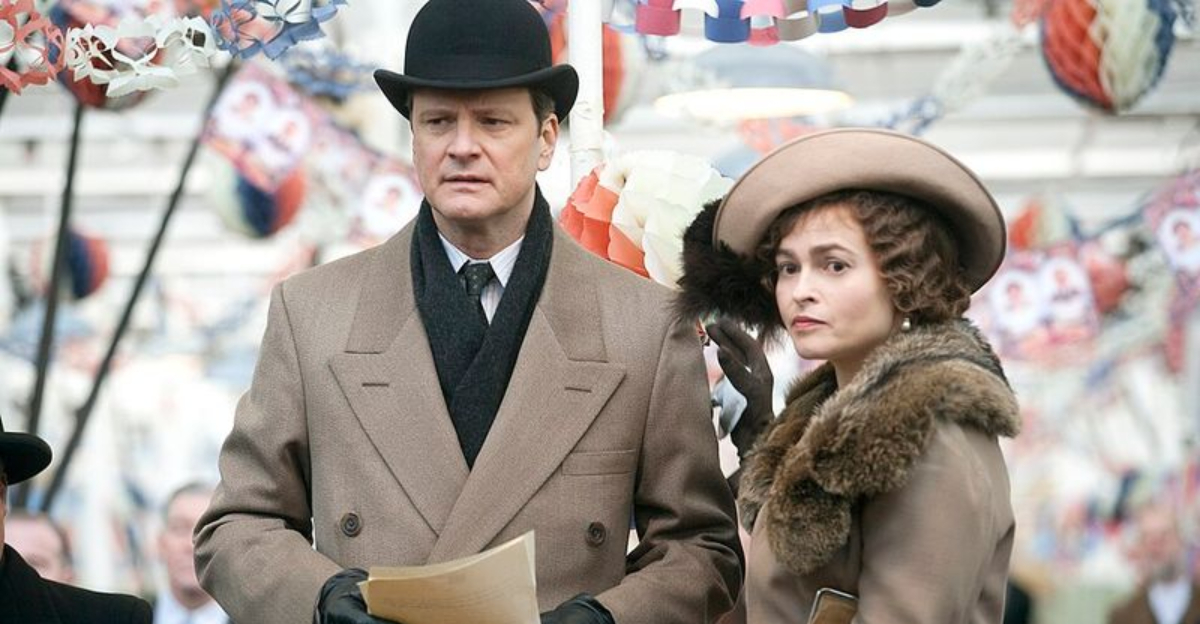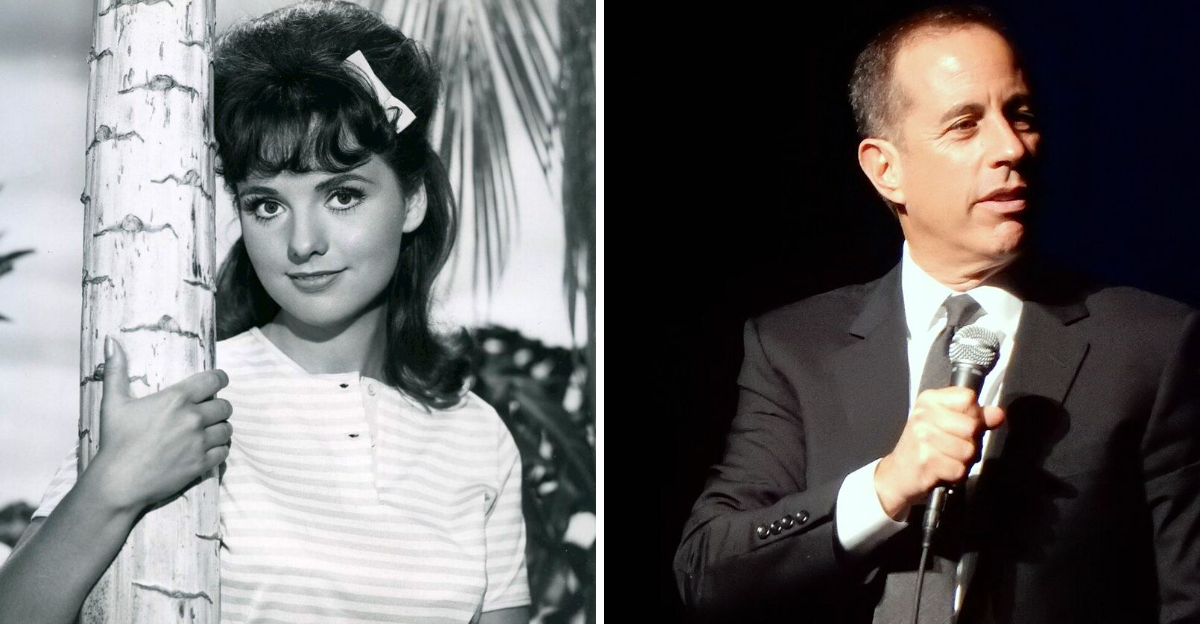15 Films That Accidentally Spawned Huge Franchises
Hollywood loves a good sequel, but some of the biggest movie franchises in history were never meant to happen at all.
Many filmmakers simply wanted to tell one great story, only to discover audiences couldn’t get enough.
What started as standalone films accidentally became billion-dollar empires that changed entertainment forever.
1. Star Wars (1977)
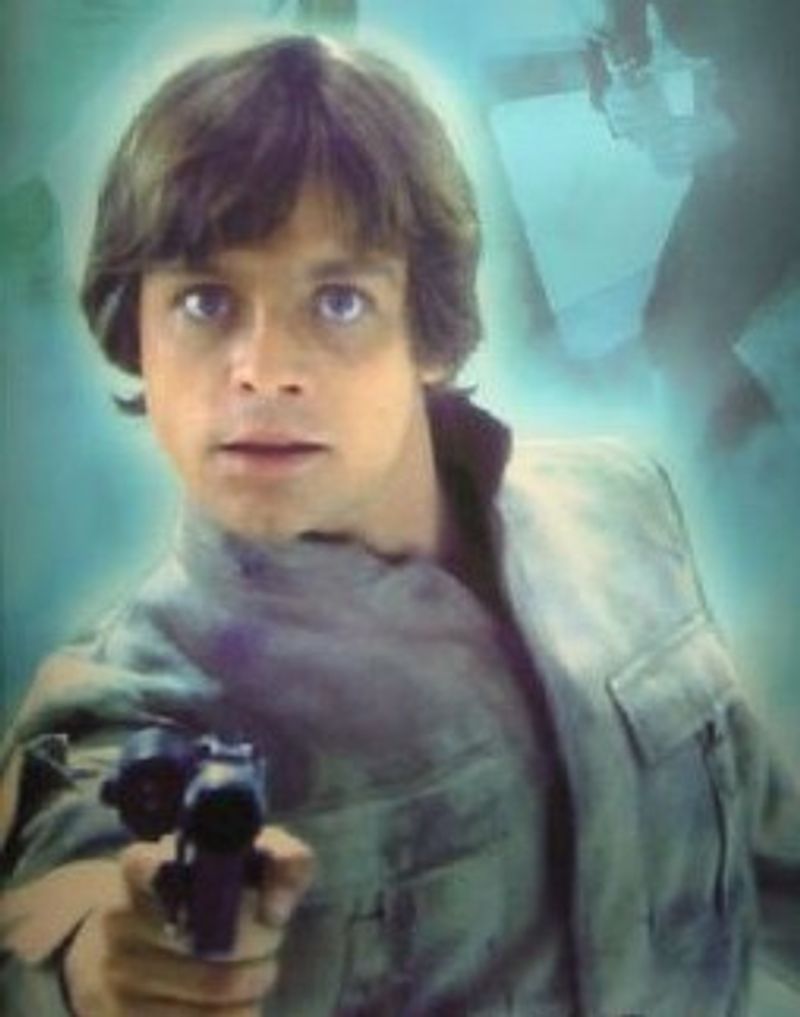
George Lucas never imagined his space opera would become a cultural phenomenon. He simply wanted to create a fun adventure film inspired by old serials and samurai movies.
Studios were skeptical about the project, and even the cast thought it might flop. Nobody predicted it would launch one of the most successful franchises in cinema history, spanning decades and generations of fans worldwide.
2. Jaws (1975)
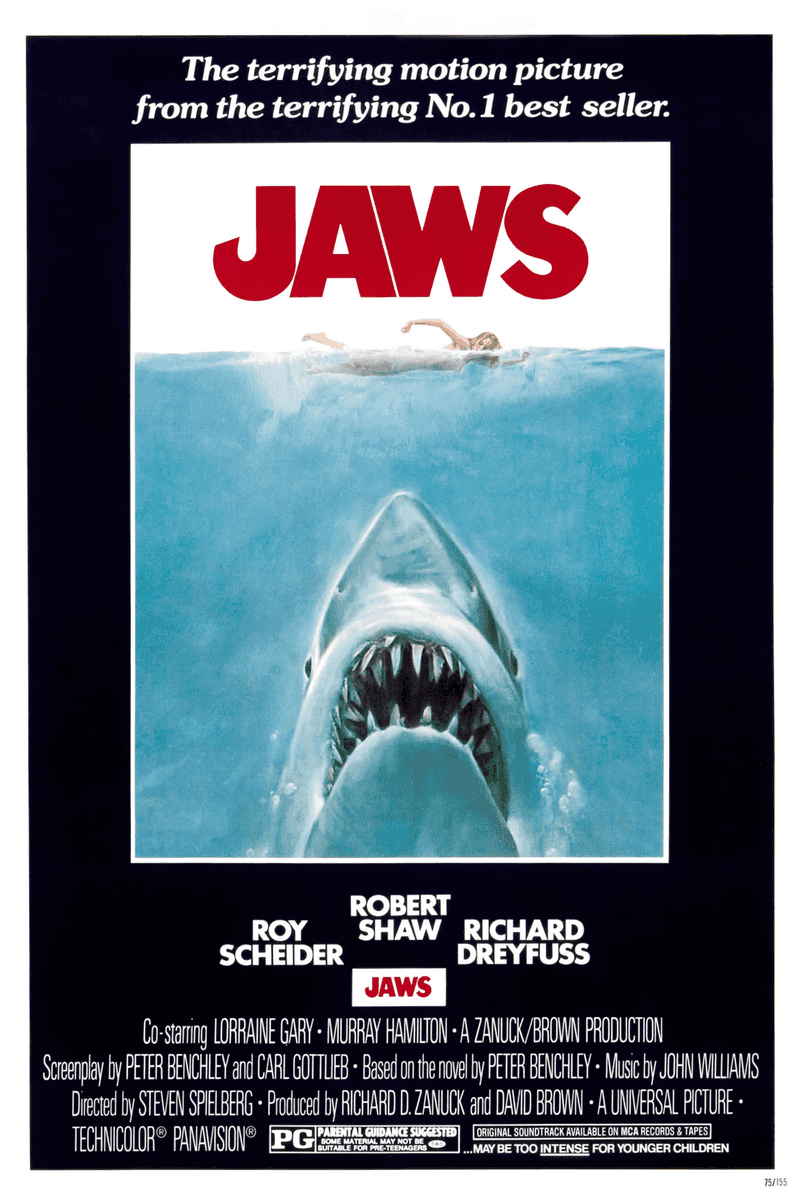
Steven Spielberg faced a nightmare production with malfunctioning mechanical sharks and budget overruns. He just wanted to survive making his second feature film without getting fired by the studio.
Nobody expected a thriller about a killer shark to revolutionize summer blockbusters. Yet it became the first film to earn over $100 million and accidentally invented the modern franchise model.
3. Alien (1979)
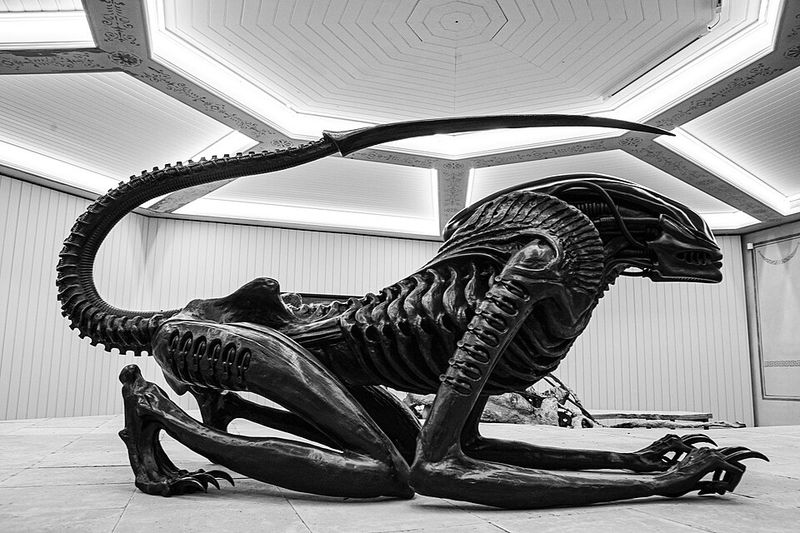
A haunted house story set in space, crafted with zero plans for sequels, relied on tension over spectacle. Sparse monster reveals turned every shadow into pure terror.
The film ended with Ripley escaping alone, a perfect conclusion to a standalone horror story. But audiences demanded more, turning one terrifying creature into a multi-billion dollar universe with comics, games, and countless sequels.
4. Ghostbusters (1984)
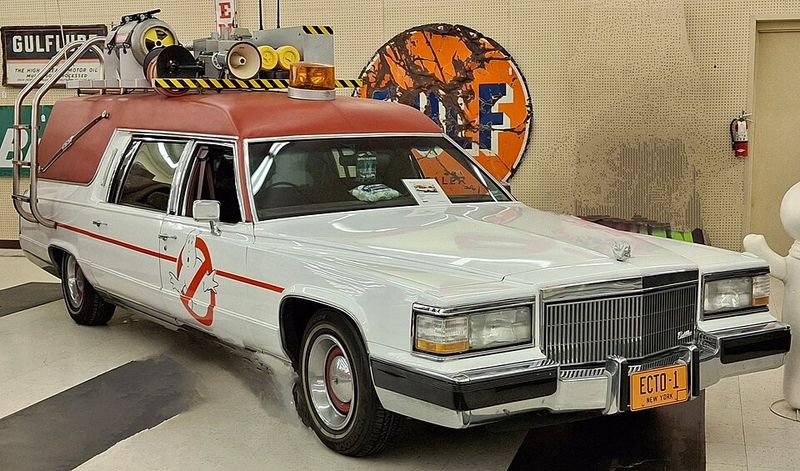
Bill Murray and Dan Aykroyd created a comedy about paranormal exterminators as a one-time collaboration. The concept seemed too weird and niche to warrant any follow-up films or merchandise.
Kids went absolutely crazy for the proton packs and ghost traps, though. What began as an adult comedy accidentally became a toy empire, cartoon series, and franchise that refuses to die even forty years later.
5. The Matrix (1999)
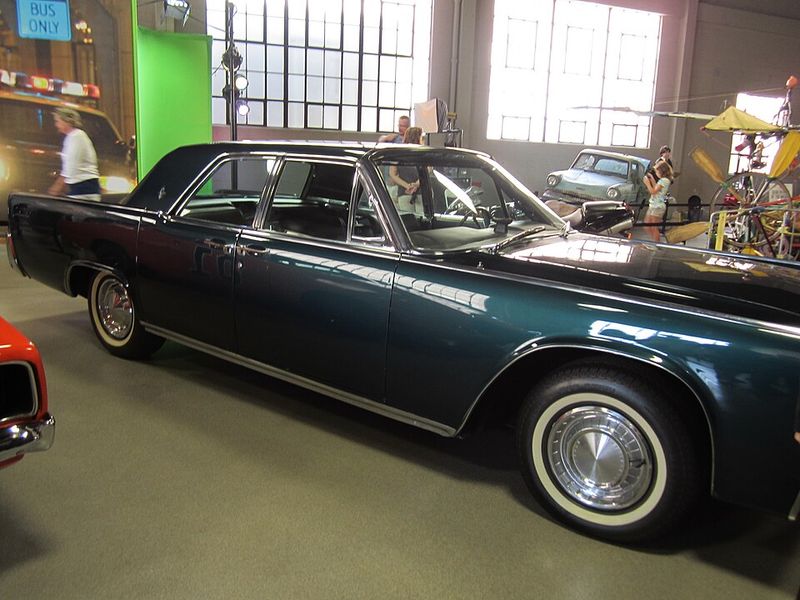
Bullet-dodging in slow motion redefined action cinema in 1999, as Keanu Reeves headlined a sleek, philosophical thriller. The Wachowskis delivered a complete story: sharp, stylish, and perfectly resolved.
Studios saw dollar signs dancing in the green digital rain, however. Two sequels arrived simultaneously in 2003, plus video games, animated shorts, and eventually a fourth film decades later, all expanding a story meant to stand alone.
6. Jurassic Park (1993)
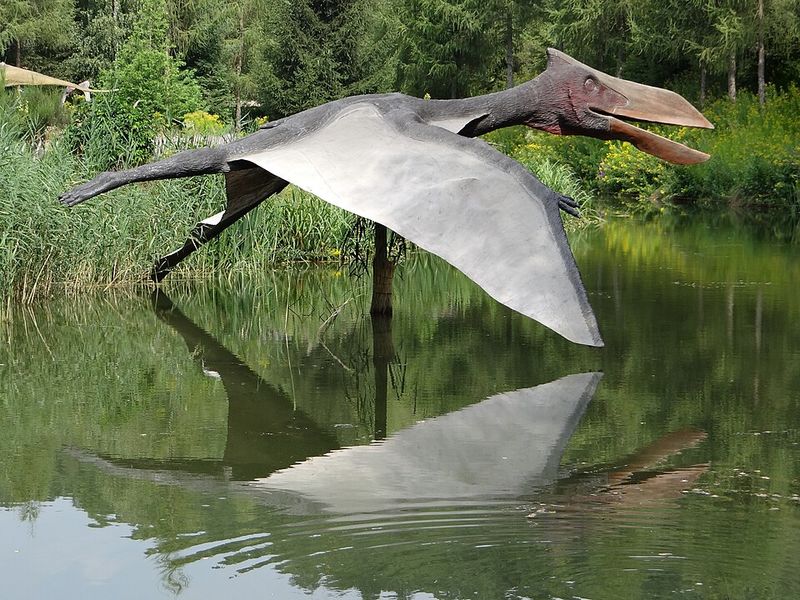
Spielberg brought dinosaurs back to life with groundbreaking special effects that still hold up today. His adaptation of Michael Crichton’s novel told a cautionary tale about science gone wrong with a definitive conclusion.
Audiences couldn’t resist returning to Isla Nublar, though. Six films later, the franchise continues cloning new stories, proving that extinction doesn’t apply when there’s money to be made from resurrecting prehistoric creatures.
7. Harry Potter and the Sorcerer’s Stone (2001)
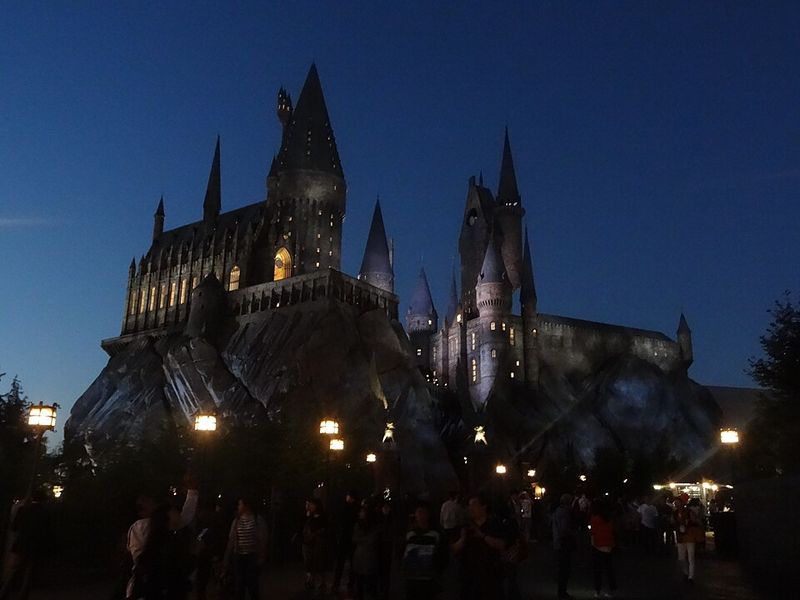
Warner Bros took a gamble on a British children’s book with unknown child actors. Director Chris Columbus simply aimed to faithfully adapt one beloved novel without thinking seven sequels ahead.
Lightning struck in the form of worldwide box office magic. Eight films later, plus spin-off franchises like Fantastic Beasts, theme parks, and a stage play, the wizarding world became an unstoppable entertainment juggernaut.
8. The Lord of the Rings: The Fellowship of the Ring (2001)
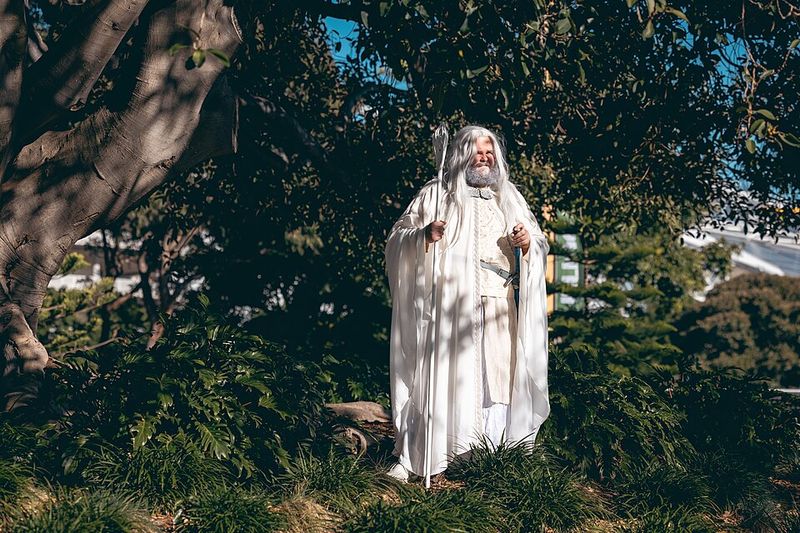
An ambitious adaptation once seemed like a risky one-time venture. Studios worried fantasy epics would flop, and shooting three films at once was deemed utterly insane.
Audiences embraced Middle-earth beyond anyone’s wildest dreams. After the trilogy’s massive success, the Hobbit films followed, along with upcoming projects exploring other corners of Tolkien’s universe, creating an endless franchise from one epic journey.
9. Finding Nemo (2003)

A heartwarming father-son tale unfolded beneath the ocean waves, as Marlin and Nemo’s journey reached a perfect conclusion with no plans to return to the Great Barrier Reef.
Kids quoted Dory’s forgetful antics for years, begging for more underwater adventures. Eventually, Finding Dory arrived in 2016, proving that sometimes side characters accidentally become franchise stars when audiences refuse to let them swim away.
10. Shrek (2001)
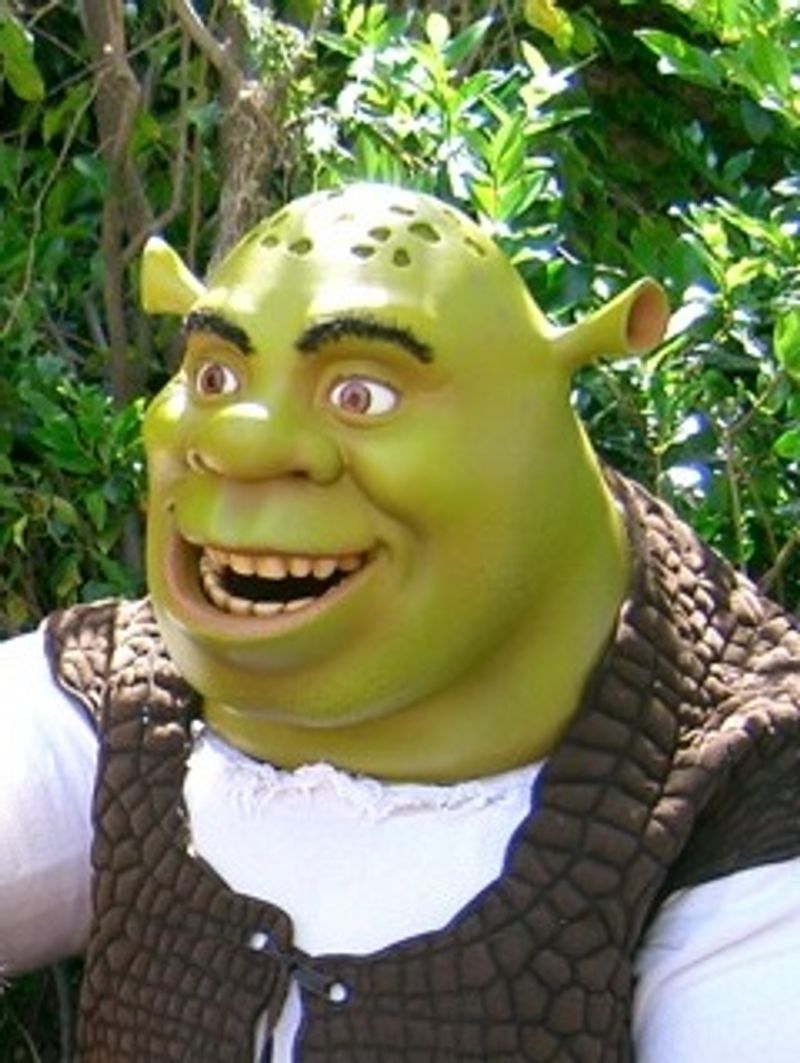
A satirical fairy tale emerged to poke fun at Disney’s princess formula. Shrek was conceived as a one-off comedy, turning storybook conventions upside down with an unconventional ogre hero.
Audiences fell head over heels for the grumpy green guy and his motor-mouthed donkey sidekick. Four films, a spinoff about Puss in Boots, Broadway musicals, and theme park attractions later, Shrek became the franchise DreamWorks never saw coming.
11. The Incredibles (2004)
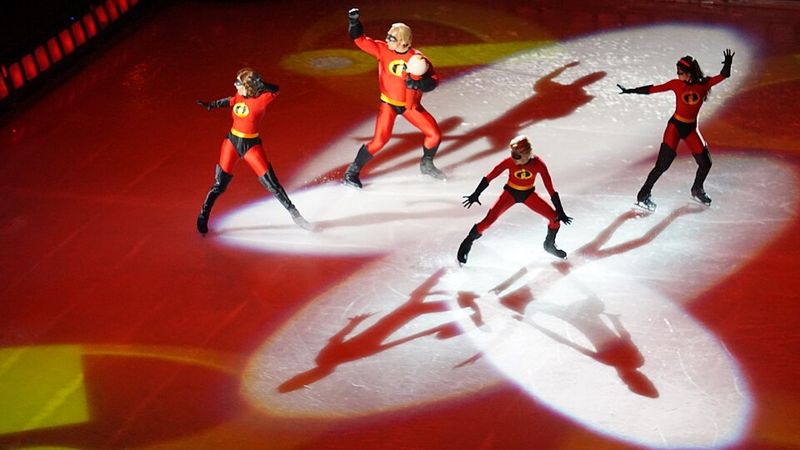
Superhero storytelling focused on family dynamics rather than franchise potential. Pixar at the time favored original tales, steering clear of sequels and familiar territory.
Fans waited fourteen years for a follow-up, constantly demanding more Parr family adventures. The Incredibles 2 finally arrived in 2018, proving that even Pixar’s resistance crumbles when audiences refuse to stop asking about their favorite super family.
12. Deadpool (2016)
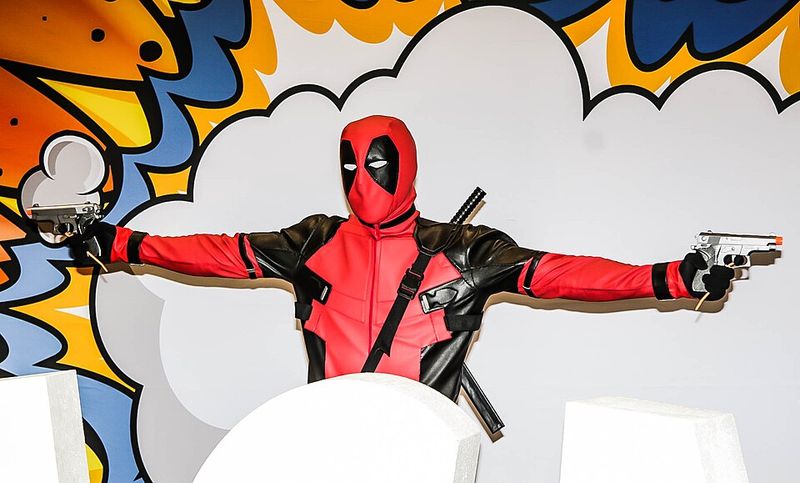
Years of effort went into bringing an R-rated superhero comedy to life, with studios doubting its success. Fox provided a modest budget, anticipating a small cult hit rather than a franchise starter.
Breaking the fourth wall broke box office records instead. Deadpool proved superhero movies didn’t need PG-13 ratings to print money, spawning sequels and eventually integrating the Merc with a Mouth into the larger Marvel universe.
13. Despicable Me (2010)
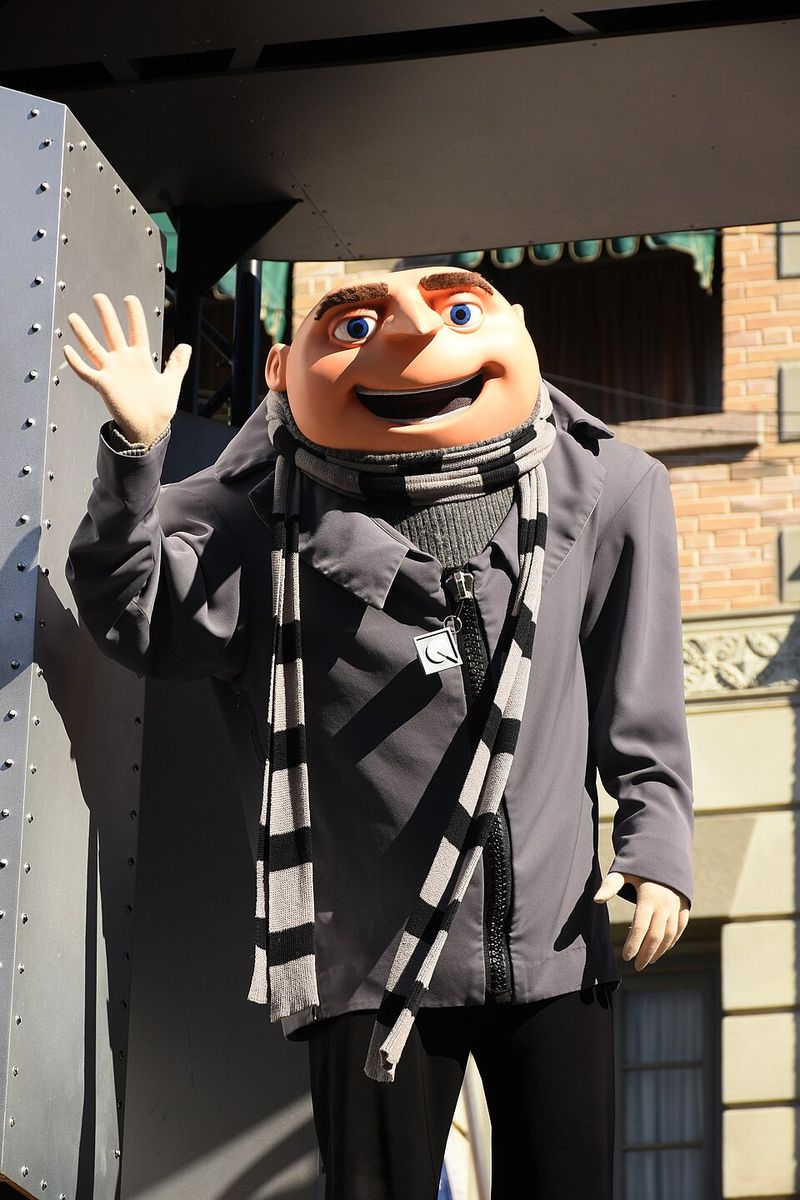
A villain protagonist emerged, scheming to steal the moon. Illumination Entertainment aimed for a modest success to establish the studio, with no plans beyond a single animated hit.
Those yellow pill-shaped Minions stole the entire show and everyone’s hearts. Three mainline sequels, two Minion spinoffs, countless toys, and a theme park later, Gru’s crew became Universal’s animated golden goose, all by accident.
14. The Hunger Games (2012)
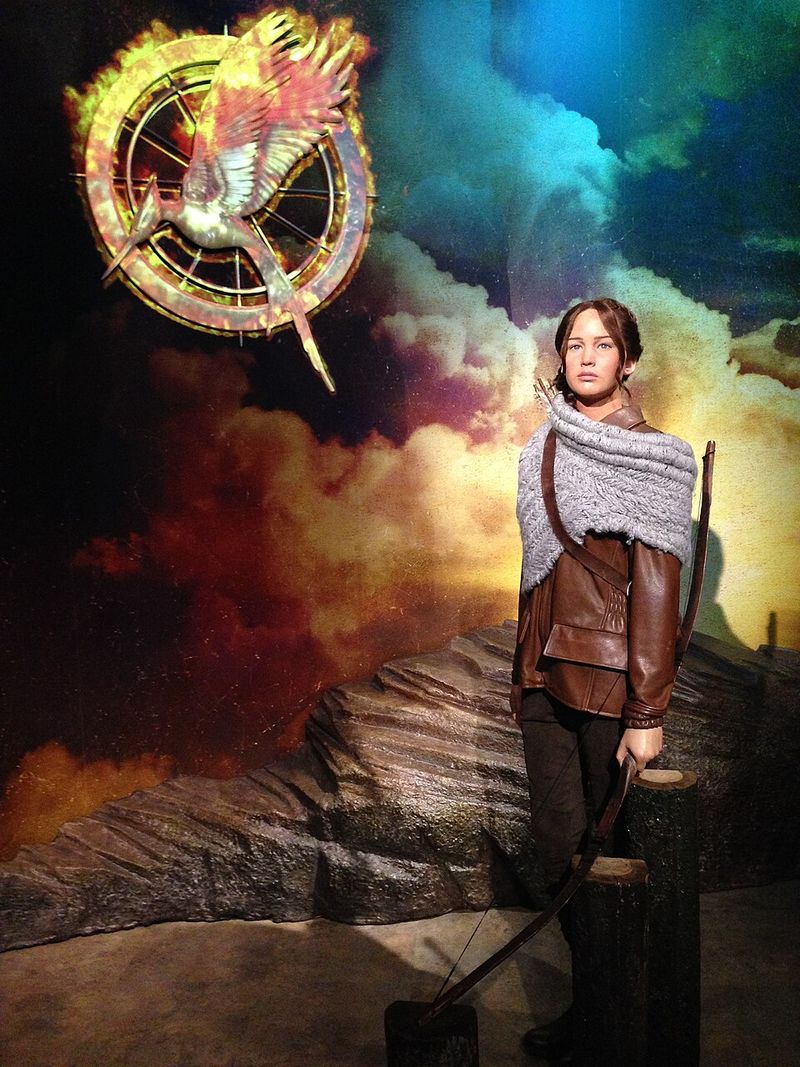
A dark young adult novel about kids fighting to the death was adapted, as studios sought the next YA phenomenon after Twilight yet stayed cautious about heavy investment.
Jennifer Lawrence’s Katniss became an instant icon of rebellion and survival. Four films later, the franchise grossed nearly $3 billion worldwide, accidentally proving dystopian YA adaptations could dominate the box office for years.
15. Frozen (2013)
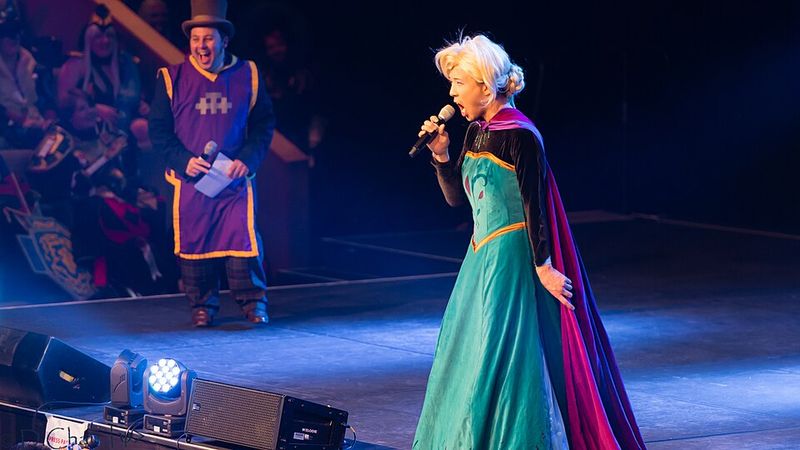
Hans Christian Andersen’s Snow Queen inspired a loose Disney adaptation, turning into a musical about sisterly love. No one expected it to become the highest-grossing animated film, outpacing even classic Disney hits.
Kids sang Let It Go until parents begged for mercy. Frozen 2 arrived six years later, along with shorts, Broadway shows, theme park attractions, and enough merchandise to build an actual ice palace made of money.

